1. Introduction
Hey readers… we always come across some or the other type of tunnel, be it city metro lines, railway or roadways tunnels, but what keeps the tunnel standing intact during its operational life is its support system. Tunnel linings, temporary, primary or permanent, constitute the support system of the tunnel or shaft. In my previous article ‘Guidelines for Tunnel Design’, I had presented some basic design considerations and highlighted Research Design and Standards Organisation (RDSO) specifications for tunnel design. Now in this article, we would proceed further towards understanding tunnel support system and what could be the essential considerations for the design of tunnel linings.
Table of Contents
1. Introduction
2. Tunnel Lining: Necessity
3. Lining: 3 Design Considerations
4. Tunnel Design Practice
5. Fundamental Design Concepts
2. Tunnel Lining: Necessity
The absolute requirement of a tunnel lining is to support the surrounding ground for the entire design life of the structure and to control groundwater inflow, without restricting the day-to-day use of tunnel. It also preserves the integrity of the tunnel under seismic conditions.
Figure 1 Description: Construction of a Railway Tunnel
3. Lining: 3 Design Considerations
3.1. Loading
Loadings under which tunnel lining will operate will largely depend on the tunnel use. Primary external ground and groundwater loads such as surcharge from buildings, piles, adjacent tunnels, foundations need to be considered. Also, accidental load cases from possible explosions, earthquakes and other seismic disturbances also need to be considered. Internal pressures in water storage and transfer tunnels may affect the loading in the lining and influence watertightness detailing both internally and externally, hence these need to be particularly assessed. Figure 3 shows major spatial and loading considerations for tunnel lining design for rail, road and utility tunnels (Source: Tunnel lining design guide, Thomas Telford, London, 2004).
Figure 2 Description: Highway Road Tunnel
3.2. Material Choice
Sometimes, in case of unavoidable difficulties in accessing some tunnels, a ‘zero maintenance’ requirement may be placed during its design life on the design of the tunnel lining. Choice of materials to be used for the tunnel lining is influenced by external and internal environmental conditions. Brick and grey cast iron lead to durable linings, reinforced concrete and ductile iron are also used for lining. However, spheroidal graphite iron, if used, needs to be protected against corrosion. Fire resistance of the lining is another significant factor, particularly for road and rail tunnels. The permeability of the lining to both water and gases also affects its operation. Humidity in the tunnel could be affected by leakage of groundwater and lead to misting in rail tunnels, increased ventilation loading or condensation on the lining. Sewage treatment would be expensive if there is leakage into sewers. Figure 5 shows some common geotechnical parameters and their applications in tunnel design (Source: Tunnel lining design guide, Thomas Telford, London, 2004).
👉To read more, click the Download Section below the Comment Section.
 Get Started midas Civil
Get Started midas Civil
 Featured blog of this week
Featured blog of this week

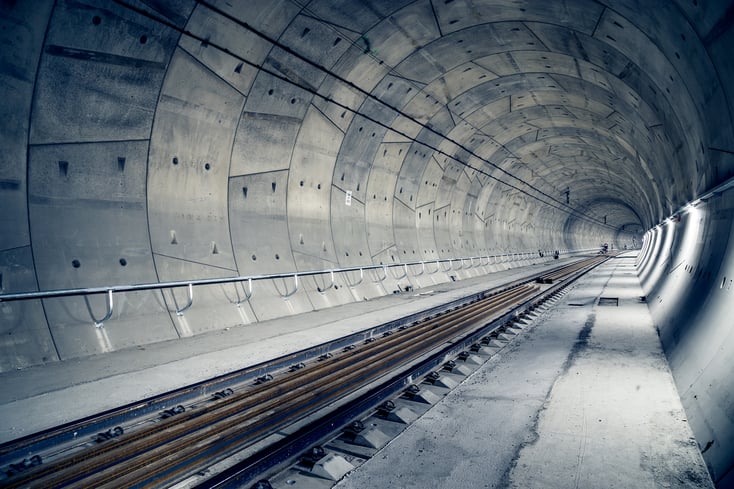
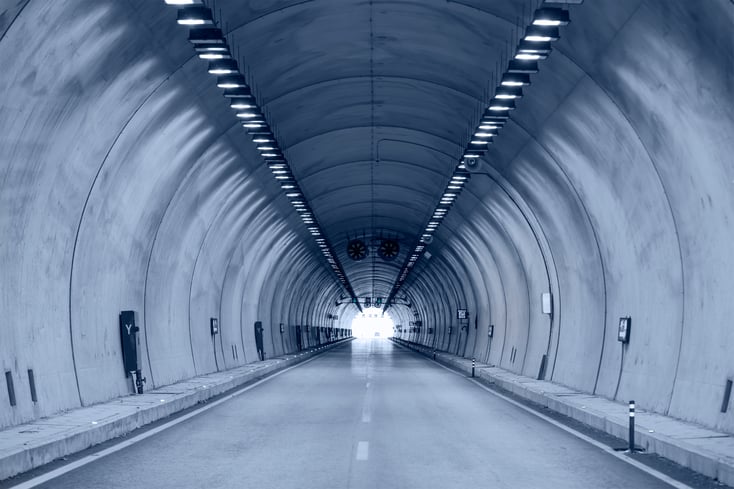
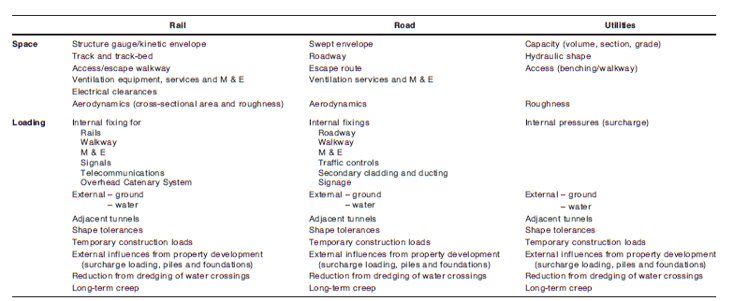
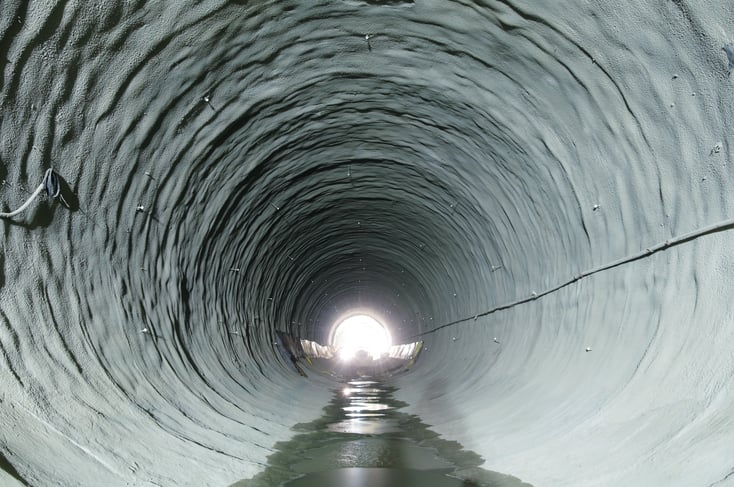





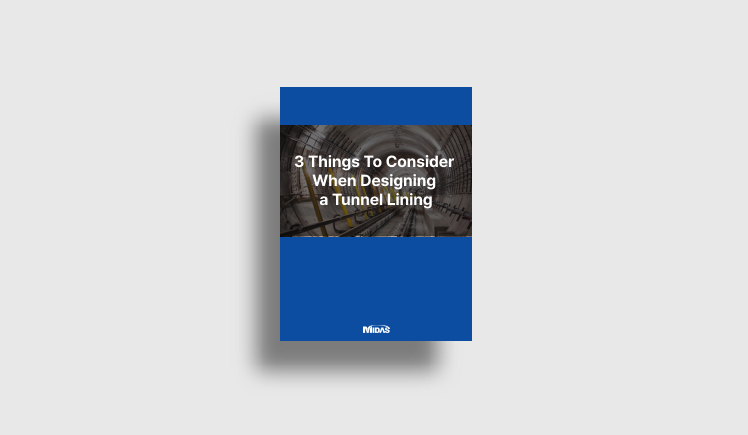
/(BI)%20What%20is%20the%20Influence%20Line%20and%20Surface%20Analysis%20on%20bridges/Influence%20Line%20%26%20Surface%20Analysis%20on%20Bridges%20345%20240.png)
/Tutorial%20%20Transverse%20Analysis%20of%20PSC%20Box%20Girder%20in%20Cable-Stayed%20Bridge/Tutorial%20%20Transverse%20Analysis%20of%20PSC%20Box%20Girder%20in%20Cable-Stayed%20Bridge%20345%20240.png)
/Case%20Study%20%20Transverse%20Analysis%20of%20PSC%20Box%20Girder%20in%20Cable-Stayed%20Bridge%20Case%20Study/Case%20Study%20%20Transverse%20Analysis%20of%20PSC%20Box%20Girder%20in%20Cable-Stayed%20Bridge%20Case%20Study%20345%20240.png)